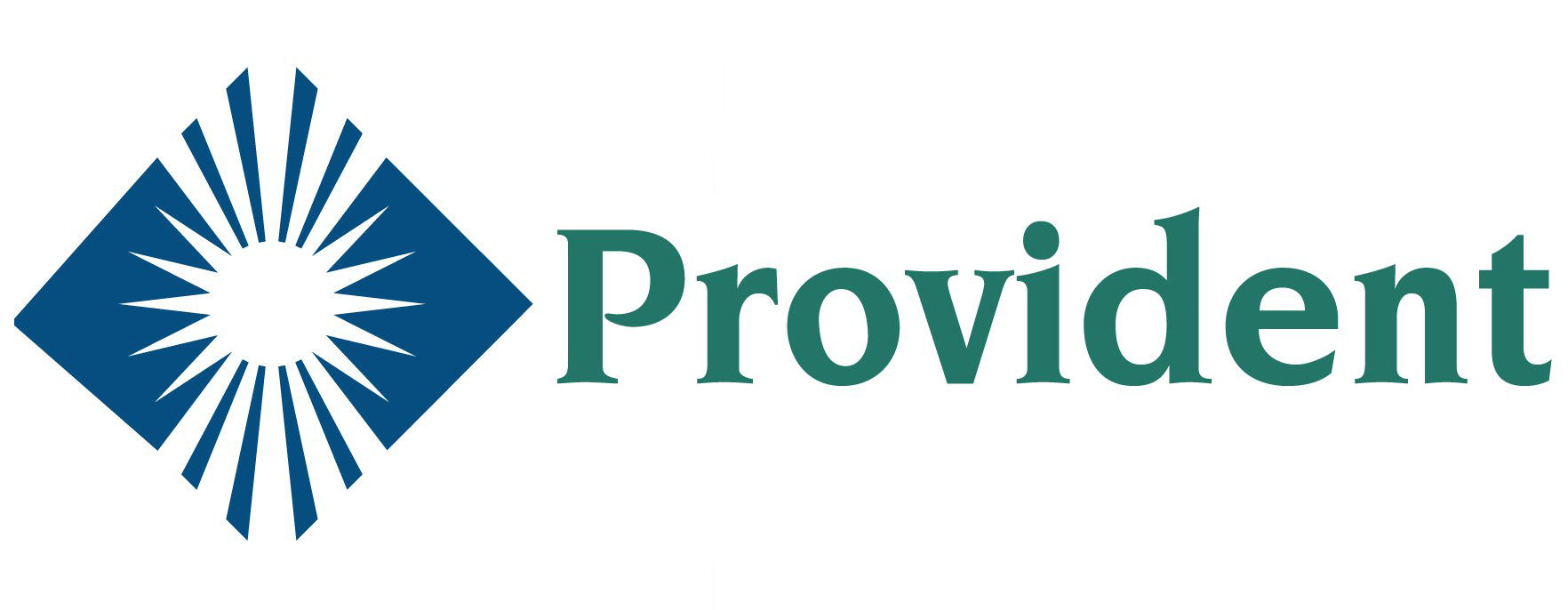Potential Upcoming Changes to Drug Pricing Under Medicare Part B
Published January 2021
In an effort to curb rising drug prices in the U.S. and their increasing burden on healthcare expenditure, the Trump Administration announced multiple initiatives through the Center for Medicare Services (CMS) designed to lower Medicare Part B drug pricing and reimbursement, which has risen at a rate of 11.5% a year on average dating back to 2015.
The new CMS interim final rule follows an executive order signed by President Donald J. Trump on Sept. 13, 2020 which included an order to test a “most-favored nation” (MFN) pricing model for certain high-cost Medicare Part B and Part D drugs. CMS posted the interim final rule (IFR) and public comment information in late November 2020. The rule is specifically designed to lower prescription drug costs by paying no more for Medicare Part B drugs and biologics (for the application of this piece, “drugs”) than the lowest price that drug manufacturers receive in other similar countries.
In addition, the most-favored nation model will pay providers a flat add-on amount for each dose of an eligible drug, rather than a percentage of each drug’s cost, removing the tie between drug cost and the add-on amount, which was typically 6%.
- Introduction
- What is the “Most Favored Nation” Proposal?
- Expected Impact & Mitigation on Physician Specialties
- Contestation From Industry Stakeholders & Legal Challenges
- Concluding Thoughts from Provident
Provide your information below to access this document.
